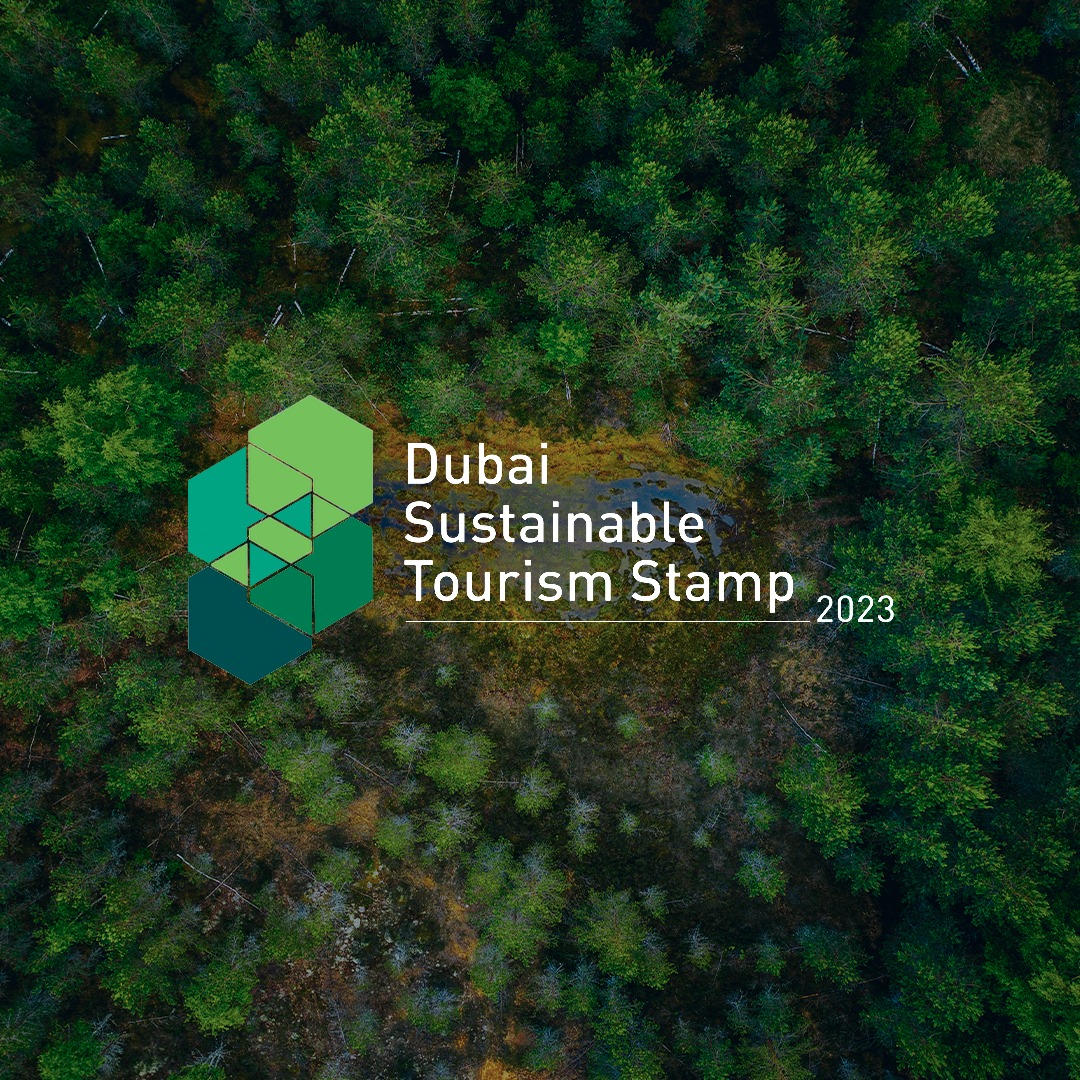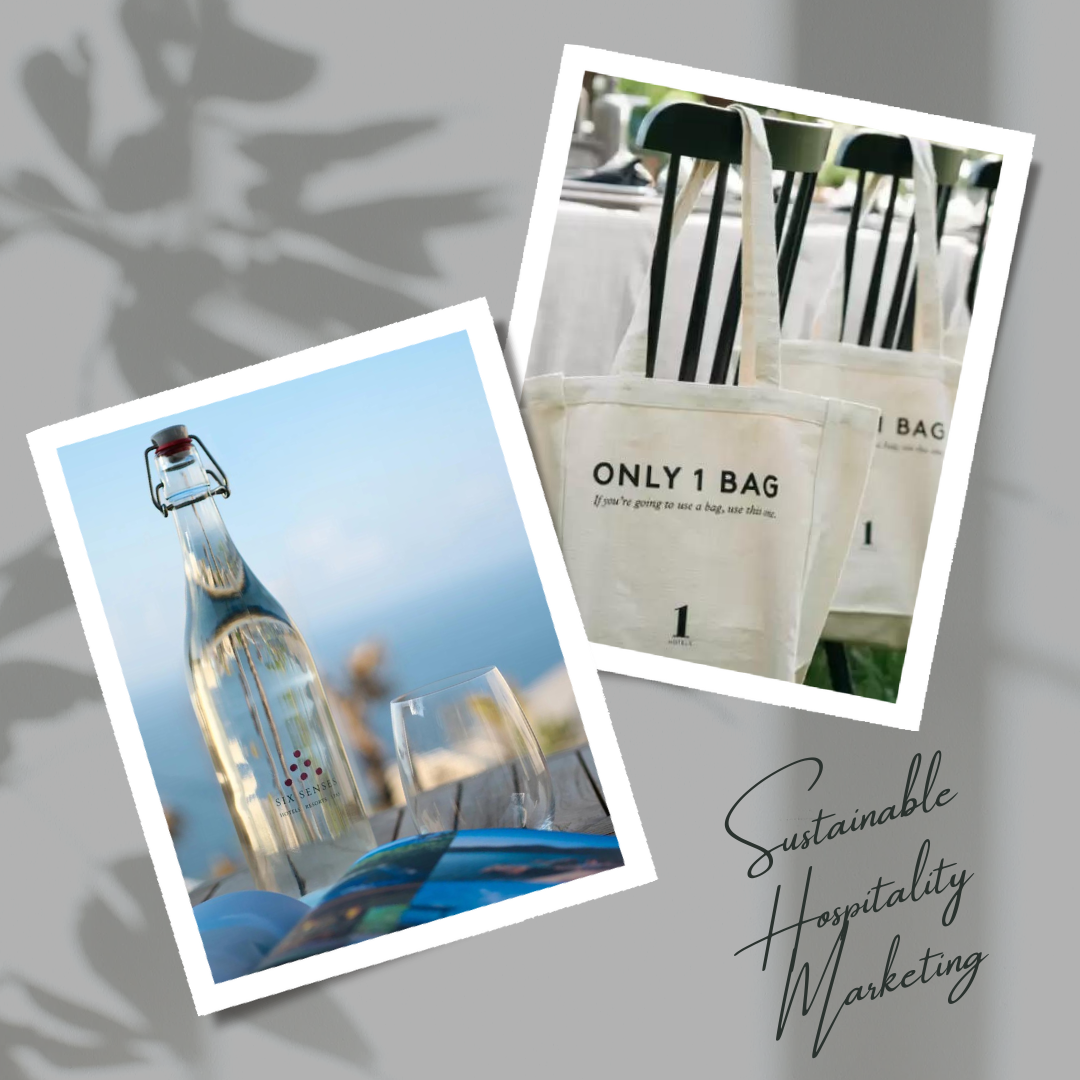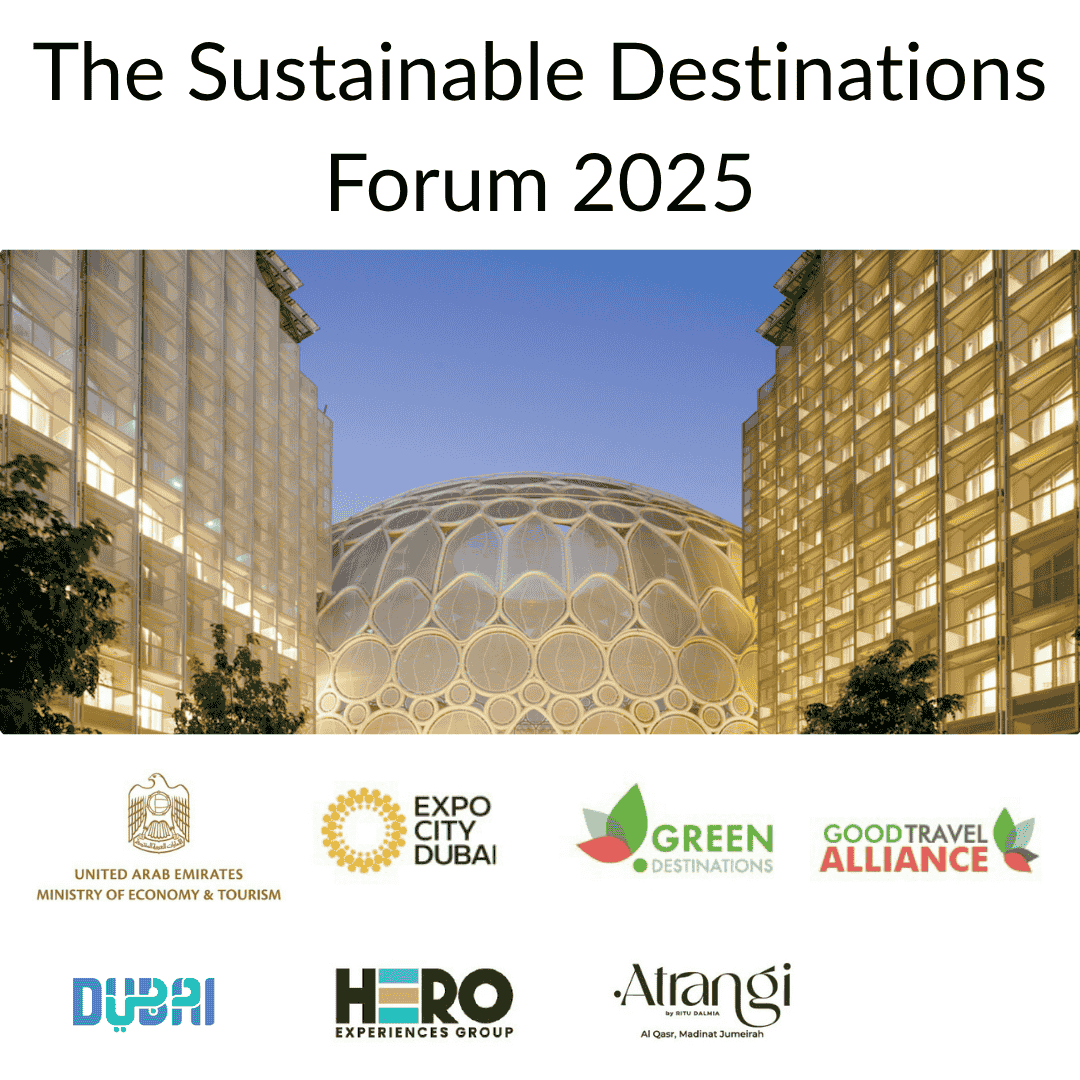Don’t miss our Series Introduction, and Part 1 focusing on the United Arab Emirates, or Part 2, The Kingdom of Saudi Arabia.
Part 3 in our series on Net-Zero and what it means for the Hospitality Industry in the Middle East, we look at the Sultanate of Oman.
The Sultanate of Oman (Oman)
Sustainability has always been important to the Sultanate of Oman and has been one of the most important pillars of future visions and successive development plans since the seventies. It has continued to integrate sustainable development into its national development plans, and now sustainability has become a significant component of the Oman Vision 2040.
1. Oman Vision 2040
The Oman Vision 2040 is a 20-year nationwide multisector document representing a guide and reference for planning activities to build a productive and diversified economy. The Vision includes national food and water security strategies through renewable resources and advanced technologies. It incorporates renewable energy, diversified energy sources, and rationalised consumption to achieve energy security. Other aspects include programs for a green and circular economy, environmental awareness, and the effective implementation of sustainable consumption and production rules.
Oman Vision 2040 hopes to accelerate economic diversification in manufacturing, logistics, tourism, the labour market and employment, fisheries, energy and mining and encourages a robust business environment and practical knowledge transfer projects.
A combination of factors, including climate change, rising energy demands and limited hydrocarbon resources, have driven Oman’s renewable energy agenda in recent years.
Oman considers implementing a target of zero emissions by 2050 as Oman’s oil and gas sector evaluate a target of zero emissions by 2050. According to its Second Nationally Determined Contribution (NDC) report, recently submitted to the United Nations Framework Convention on Climate Change. “The strategy’s major components include a substantial investment in renewable and alternative energy sources and a commitment to achieve Zero Routine Flaring by 2030,” the report said.
2. Interim Targets
Interim targets set by the Sultanate include the deployment of renewable energy and increased energy efficiency actions that would enable Oman to slow GHG emission growth and reduce them by 7% in 2030. The majority of electricity in Oman is generated by burning crude oil (65%) and natural gas (35%). The National Energy Strategy targets to derive 20% of electricity from renewables by 2027. The plan relies mainly on photovoltaic solar, accounting for about 79% of the capacity, and wind 21%. Waste-to-energy (Wte) and wave farms are also being explored.
3. Renewable Projects
Renewable energy projects that have been planned in order to diversify the energy mix include;
- Solar Projects Sahim
- Solar-Diesel Hybrids
- Thermal
- Wind
- Solar Projects: Oman’s largest solar plant, the 25-megawatt Qabas solar plant, is scheduled to begin operation by the middle of 2021. The plant will produce enough power to power up to 33,000 homes and remove around 340,000 tonnes of carbon dioxide emissions from the country’s output every year. The Ibri project is the largest photovoltaic plant in the country to date. It is located in a desert 300 km to the west of Muscat, with ample sunshine and abundant flat land. The development of a second plant is also underway.
- Sahim: To encourage the uptake of solar power on a smaller scale, a nationwide programme, “Sahim”, was set up to promote solar installation on residential and commercial rooftops. Pre-existing regulations have been revised in order to facilitate the increased uptake in panels, including reduced panel costs, as well as a bulk supply tariff for any excess being sold back to the grid.
- Once the second phase of implementation is complete, it is estimated that over 1 GW of electricity will be generated by more than 25,000 residential buildings across the Sultanate. Sahim and related initiatives are not intended to replace conventional power generation but instead reduce the Sultanate’s reliance on hydrocarbons.
- Thermal: There are plans to develop a thermal solar plant with storage capabilities.
- Wind: In August 2019, the first electricity was produced at the Dhofar Wind Plant. The project was developed in Masdar (UAE) and financed by the Abu Dhabi Fund for Development; it is comprised of 13 turbines with a capacity output of 50 MW.
In Closing
Oman has always valued culture and been committed to the humanitarian aspect of Sustainable Development. Much of their SDG commitments focus on Cultural and Human Development at this stage. Oman already plays host to many hospitality institutions with sustainability at its core. More and more hotel properties have undertaken retrofits and ambitious sustainability targets, realising that sustainability is essential to its market base, though these adjustments were not government driven.
See the full series by clicking below:
- Series Introduction
- Part 1, The United Arab Emirates
- Part 2, The Kingdom of Saudi Arabia
- Part 3, The Sultanate of Oman
- Part 4, The State of Qatar
- Part 5, Becoming a Sustainable Hotel & Summary
Written By: Tiffany McGrath








